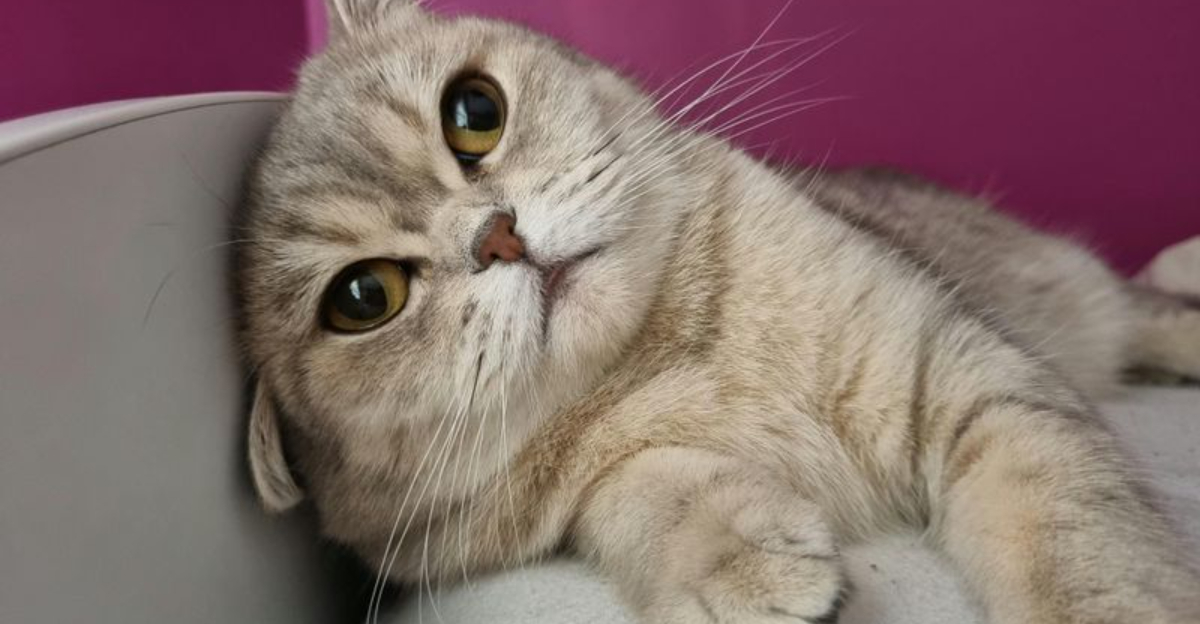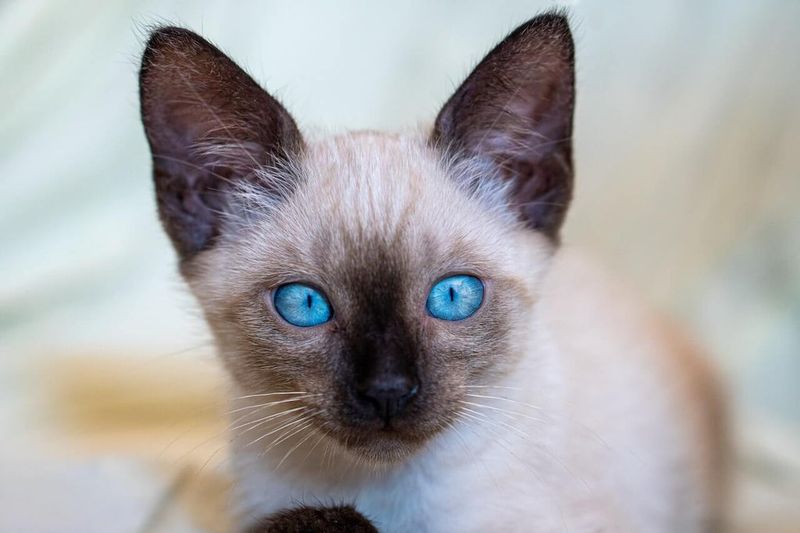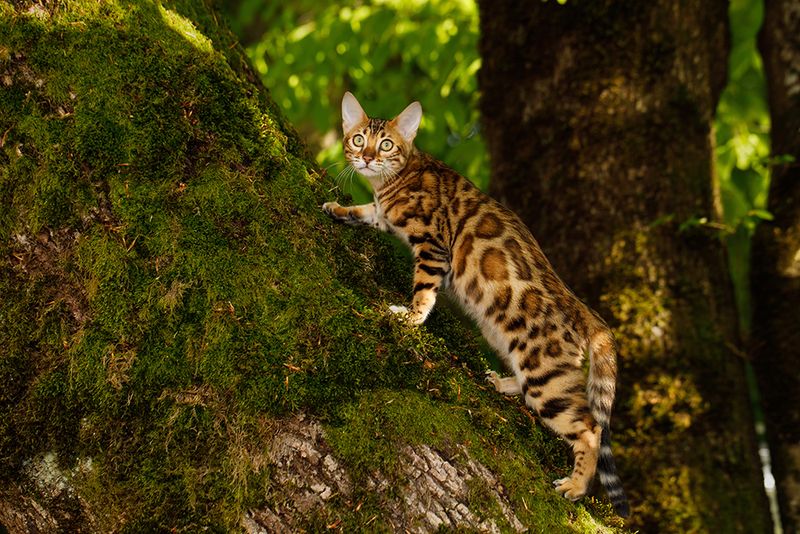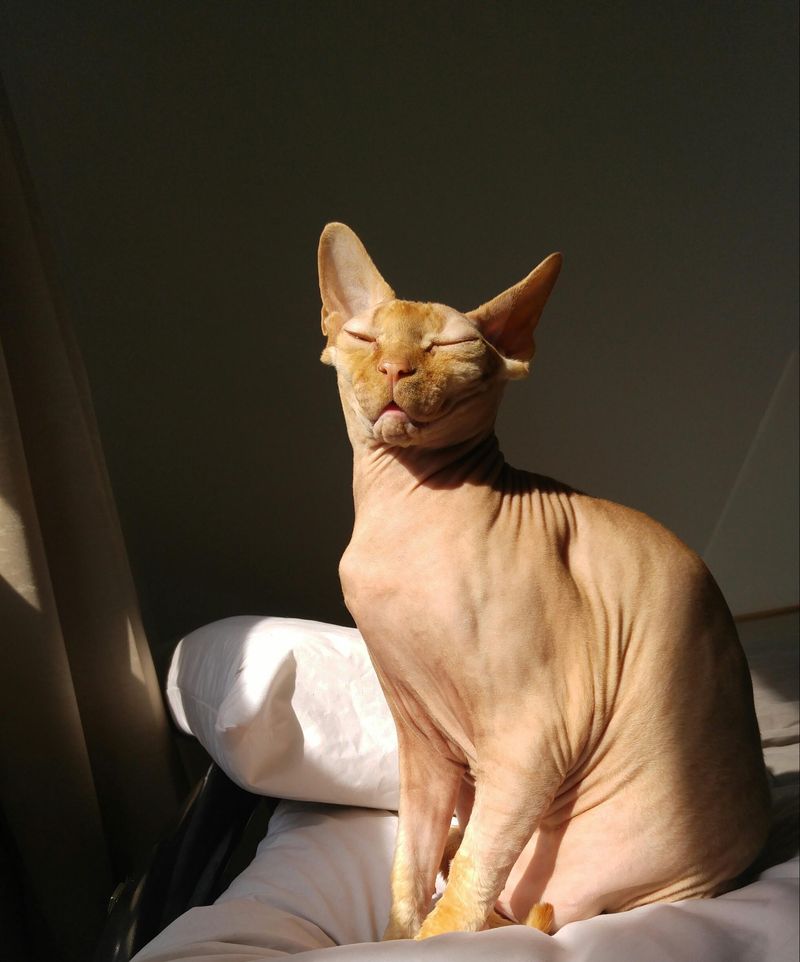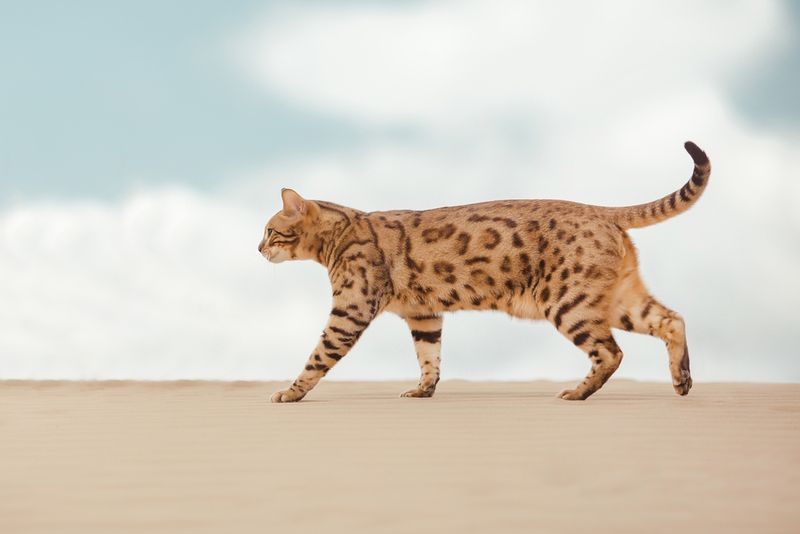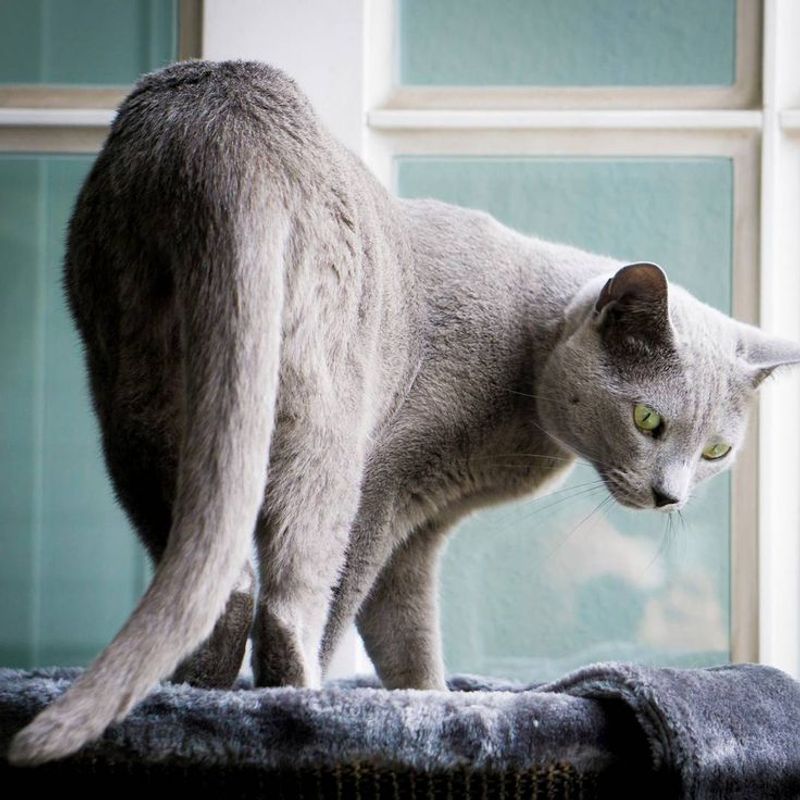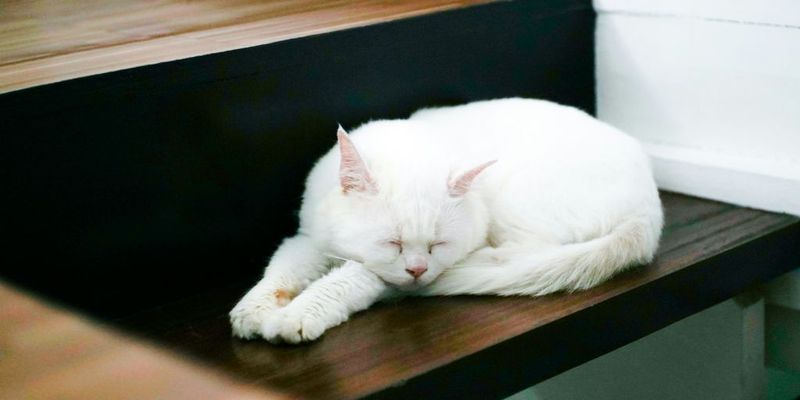📖 Table of Content:
Cats have long held the title of mysterious companions—some are irresistibly cuddly, while others just seem to tolerate your presence. With their expressive eyes and graceful movements, it’s easy to assume that all cats are affectionate by nature. But not every purring ball of fluff is eager to snuggle or follow you around the house.
Surprisingly, some of the most popular and visually striking cat breeds can be the least interested in forming warm, people-loving bonds. They might look sweet and welcoming, but their personalities tend to lean toward independence, aloofness, or even occasional moodiness. This doesn’t make them “bad” pets by any means—it simply means they thrive with the right expectations and environments.
Whether you’re a first-time cat owner or looking to add a new feline friend to your home, it’s important to consider temperament just as much as looks. Below, we dive into seven cat breeds that may appear friendly at first glance, but come with their own unique quirks—some of which may surprise you.
1. Siamese
Known for their striking blue eyes and sleek bodies, Siamese cats often grab attention with their beauty—but they come with intense personalities. Far from being universally affectionate, these cats can form strong attachments to one person and act possessively toward them. Their vocal nature isn’t always charming either; they can be loud, demanding, and stubborn when things don’t go their way. If you’re not giving them enough attention or stimulation, they might act out in disruptive ways. They can become jealous of other pets or even people, which makes multi-pet households tricky. While they are deeply intelligent, they also have a sharp, impatient edge. Siamese cats need a very specific kind of owner—one who respects their emotional depth but knows how to manage their mood swings.
2. Bengal
Don’t let the exotic, leopard-like appearance fool you—Bengals are not your average lap cats. They’re incredibly energetic and curious, often more interested in climbing your shelves than curling up in your arms. Although social, they’re not always affectionate in the traditional sense and can quickly become overstimulated. Because they need constant activity and mental stimulation, a lack of engagement can lead to mischief or even aggression. They don’t always tolerate being held or cuddled, which surprises many first-time owners. While they may bond with you, it’s often on their terms—and physical affection is limited. Bengals are better suited for homes where owners are as active as they are.
3. Sphynx
Despite their reputation for being people-oriented, Sphynx cats can be unexpectedly intense. They crave attention but often want it their way, becoming bossy or impatient when their needs aren’t met quickly. Their lack of fur doesn’t make them delicate, but it does mean they constantly seek warmth, often confusing neediness for affection. They’re not always comfortable with strangers and may become territorial. Sphynx cats also have high energy levels and require frequent interaction, which some owners might mistake for clinginess. But too much petting or holding can still lead to irritation. Their affection is real, but it comes with conditions that not every cat lover is ready for.
4. Savannah
Emerging from a cross between a domestic cat and a wild serval, Savannah cats come with a dose of unpredictability. Their loyalty tends to be limited to one person, and their tolerance for strangers is often very low. These cats are agile, strong, and full of energy—but not particularly cuddly or affectionate. While they may enjoy interactive play, they dislike being restrained or snuggled. Their instincts are more aligned with their wild ancestry, meaning they may not respond well to typical house cat expectations. Living with a Savannah requires patience and a keen understanding of feline body language. They can be loyal, but they’re far from lap cats.
5. Scottish Fold
With their rounded faces and folded ears, Scottish Folds often appear gentle and approachable—but many are quite reserved. They tend to be shy around unfamiliar people or environments, and may retreat rather than engage. While some enjoy quiet companionship, others are prone to anxiety or overstimulation. These cats are sensitive and need time to feel comfortable in new settings, which can be misinterpreted as unfriendly behavior. They’re not typically the type to seek out affection or lap time. Owners should approach them gently, allowing the cat to initiate bonding. Forcing interaction can backfire, resulting in a very distant relationship.
6. Russian Blue
Elegant and serene, the Russian Blue prefers solitude over socializing. While they form strong bonds with their chosen humans, they often stay distant from guests or changes in routine. They dislike loud noises, chaos, or overly clingy affection, preferring peace and quiet. This makes them excellent companions for calm households—but not ideal for families with young children or multiple pets. They may follow you from room to room silently but rarely seek out touch or cuddles. Their quiet nature shouldn’t be mistaken for friendliness; it’s more about presence than interaction. With a Russian Blue, affection is subtle and earned slowly.
7. Persian
When people see a Persian cat lounging regally, they often assume a relaxed, loving nature—but that’s not always accurate. These cats enjoy a peaceful atmosphere and can become cranky if their routines are disturbed. While they tolerate petting, many dislike being picked up or overly handled. Their quiet demeanor doesn’t mean they want constant attention—it means they value their independence. Persians are also sensitive to loud environments and may hide rather than engage when overwhelmed. Unlike more extroverted breeds, they rarely seek out interaction and prefer watching from afar. They thrive best in calm homes where their boundaries are respected.
